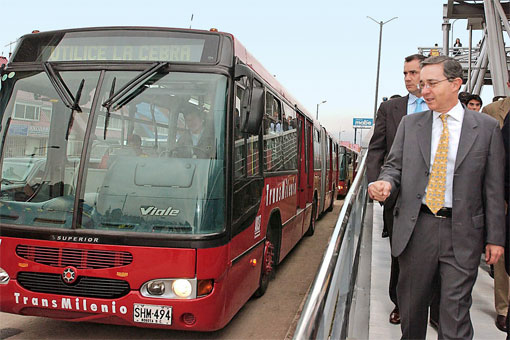The planet has reached a weird moment: overweight people now outnumber those who are malnourished. Obesity, particularly among children, has reached epidemic proportions in the U.S., as has diabetes. And the problem is spreading around the globe, a plague correlated not simply with increased prosperity but with the forms of our accelerating urbanization. This doesn’t necessarily mean that “over-development” has superceded underdevelopment as a global issue, but it suggests that global inequality is growing in newly perverse ways.
Change, though, is possible. In the U.S. and throughout the Americas, this will require not simply dramatic adjustments in diet and lifestyle but also urban planning that focuses on the design of new transportation and service networks, on careful management of density, on reinforcing neighborhoods, on reducing the spatial privileges of class, and on a far healthier relationship to the natural environment. Until now, such planning has too often been the victim of the fragmented and dysfunctional politics of our undisciplined, overweight cities.
Studies by the U.S. Centers for Disease Control and Prevention suggest that a primary villain is urban sprawl and its enabler, the automobile. Their collusion is characterized by rampant suburbanism and by low-density patterns of land use that make mass transit both economically and logistically impossible. And because we walk less, we are less healthy. But this is not simply a function of urban form. Obesity is disproportionately a disease of the poor in the U.S.—a paradox that arises directly from the dominance of an industrialized fast-food system that offers the most degraded form of nutrition at low prices, laced with corn sugar to seduce, and super-sized to suggest value…





